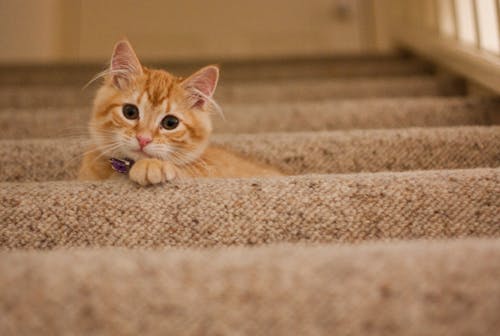Are you considering purchasing a Ragdoll cat? If so, you may want to think again. While these beautiful felines with their mesmerizing blue eyes and laid-back personalities have gained popularity in recent years, they might not be the perfect fit for everyone. As a Ragdoll expert, I can offer some insights into why this breed might not be the best choice for your household.
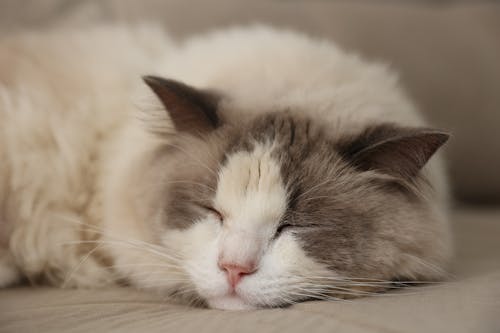
The History of Ragdoll Cats
Ragdoll cats are a relatively new breed, first developed in the 1960s. There’s a bit of mystery surrounding their origins, but it is believed that the breed started with a white Persian cat owned by Ann Baker in Riverside, California. Others believe it was an accidental cross between Burmese and Birman cats. Regardless of how they came to be, Ragdolls have earned their reputation for being incredibly beautiful and laid-back companions.
The name “Ragdoll” comes from their tendency to go limp when held, much like a floppy doll. This behavior is often seen as a sign of trust—they feel so comfortable in your arms that they completely relax. They are also known to be very affectionate toward humans, often preferring their company over that of other animals.
Ragdoll Cat Characteristics
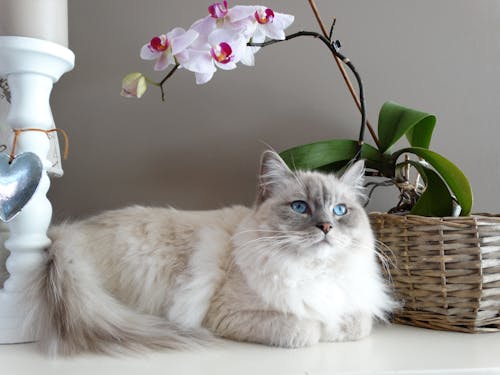
Ragdolls are known for their gentle and affectionate nature. These cats are outgoing, docile, and generally excellent companions. With their striking looks—long legs, big eyes, and fluffy coats—they are often mistaken for Maine Coons or Siberians. One of the biggest draws of Ragdolls is that they love being held and cuddled. They also don’t require daily brushing, making them seem like low-maintenance pets.
But there’s more to their personalities than just their sweet nature. Ragdolls are intelligent and curious. You’ll often find them following you from room to room, interested in everything you’re doing. If left alone for long periods, though, they can find creative (and sometimes destructive) ways to entertain themselves, such as scratching furniture or exploring areas they shouldn’t.
While their gentle demeanor and affection can make them appealing, it's important to consider the health history of any kitten you adopt to avoid future problems.
Health Concerns
Ragdolls are prone to certain health issues, which should be a serious consideration for potential owners. They have a higher risk of contracting feline herpesvirus, with roughly one in five Ragdolls experiencing this virus at some point in their lives. This virus can be challenging to manage and may lead to chronic respiratory issues.
Another issue is oral health. Ragdolls are prone to dental problems like plaque and tooth decay if their teeth are not properly cared for throughout their lives. Regular brushing and veterinary checkups are essential to maintain their oral hygiene.
Genetic conditions such as heart disease and kidney issues can also affect Ragdolls. To minimize these risks, it’s critical to purchase from reputable breeders who perform genetic testing.
Behavioral Issues
While Ragdolls are often praised for their calm and affectionate demeanor, they are not without flaws. They form close bonds with their owners, which can lead to over-dependence and separation anxiety. This means that if their primary caregiver is away for extended periods, the cat may experience distress.
Ragdolls are also vocal and may meow frequently for attention or to express their needs. This can be endearing, but it may also be disruptive, especially if they decide to chat at night.
Moreover, Ragdolls need ample playtime and mental stimulation. Without it, they can become bored, frustrated, and potentially destructive. So, prospective owners should ensure they have the time to engage with their furry friends and meet their needs.
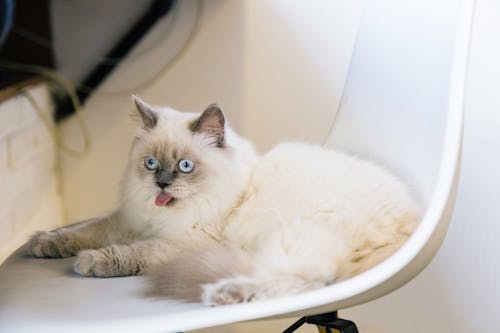
Shedding and Grooming
You might be wondering, "How much does a Ragdoll shed?" The answer: quite a bit. While they are not as high-maintenance as other long-haired breeds, they do require regular grooming to prevent matting and keep their silky coats looking their best. And because their thick fur sheds year-round, expect to vacuum frequently.
Ragdolls shed an average of two cups of fur per month—less than Persian cats, which can shed up to six cups—but it’s still enough to cover your furniture in fur. If you or anyone in your household is prone to allergies, this shedding could become a serious problem.
Ragdolls Are Quiet, but Not Always a Good Thing
Known for their quiet and calm nature, Ragdolls aren’t big talkers. They rarely meow loudly, often preferring to purr softly or follow you around in silence. While this can be appealing, it also means that they might not vocalize when they’re feeling unwell or unhappy. Owners should be observant, as Ragdolls' quiet demeanor can sometimes mask behavioral or health issues.
Behavioral Problems to Watch Out For
Ragdolls are known for their trusting nature, which can make them easily startled by loud noises or sudden movements. They also crave attention, and long periods of isolation can lead to destructive behaviors like scratching furniture or urinating outside their litter box.
Ragdolls don’t respond well to punishment. If you need to correct bad behavior, positive reinforcement, like treats or praise, is the way to go. Punishment, whether physical or verbal, can result in fear or anxiety, making your cat harder to manage in the long run.
Lifespan and Maintenance Costs
Ragdolls are known for their long lifespan, often living 12 to 17 years. However, this longevity comes with a cost. You’ll need to invest in regular veterinary checkups, high-quality food, and plenty of toys and mental stimulation to keep them healthy. And let’s not forget the cost of grooming supplies and the time spent maintaining their coats!
Health issues like heart disease and dental problems can also add up, leading to higher vet bills over time. It’s crucial to factor in these costs before bringing a Ragdoll into your home.
Not Ideal for Outdoor Living
Ragdolls are often recommended as indoor-only cats due to their trusting and laid-back personalities. Their fluffy coats offer little protection from the elements, and their lack of strong hunting instincts makes them vulnerable to predators. If they get lost, they may struggle to find their way back home.
Additionally, their relaxed nature makes them more likely to be harmed in interactions with other animals or even humans. Keeping your Ragdoll indoors is the best way to ensure their safety.
They Require Regular Grooming
As beautiful as their coats are, Ragdolls need regular grooming to prevent mats and tangles. It’s best to brush them daily or at least a few times a week with a stainless steel comb. Pay special attention to their tail, neck, and stomach, where mats are more likely to form.
They also benefit from occasional baths to remove dirt, debris, and excess oils from their fur. Use a gentle shampoo formulated for long-haired cats and be careful to avoid getting water in their ears.
Training Challenges
Training a Ragdoll can be a challenge. While they are smart and capable of learning commands like "sit" and "stay," it often takes longer than with other breeds. Even after they learn, they may not always listen. Ragdolls are also not fans of agility training, making it tough to teach them tricks.
If you want a well-trained Ragdoll, patience is key. Positive reinforcement, like treats and praise, works best. Avoid using punishment, as it can backfire and cause behavioral issues.
Alternatives to a Ragdoll
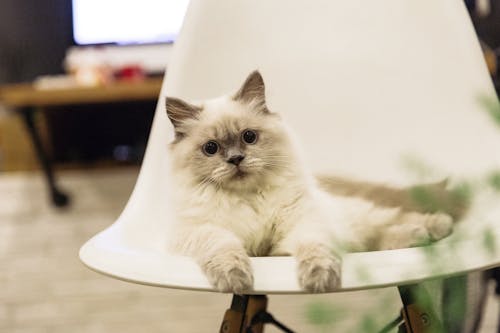
If you’re looking for a lower-maintenance cat with less demanding grooming needs, consider a short-haired domestic cat or an Exotic Shorthair. These breeds are easier to care for and tend to have fewer health issues, making them more budget-friendly options.
Conclusion
Now that you’ve learned more about Ragdoll cats, you can decide whether they’re the right fit for your home. While they are stunningly beautiful and offer many wonderful qualities, they also come with their share of challenges.
If you’re ready to commit to regular grooming, potential health issues, and the attention they require, Ragdolls can be a fantastic addition to your family. Their love and loyalty know no bounds, and their playful antics will bring endless joy into your life. However, if these responsibilities seem overwhelming, it may be worth considering other breeds that offer companionship with less upkeep.
